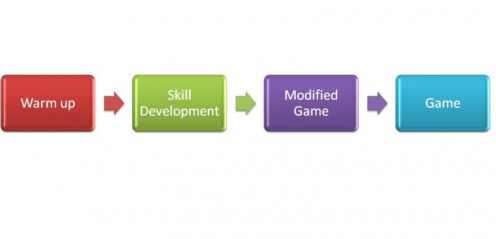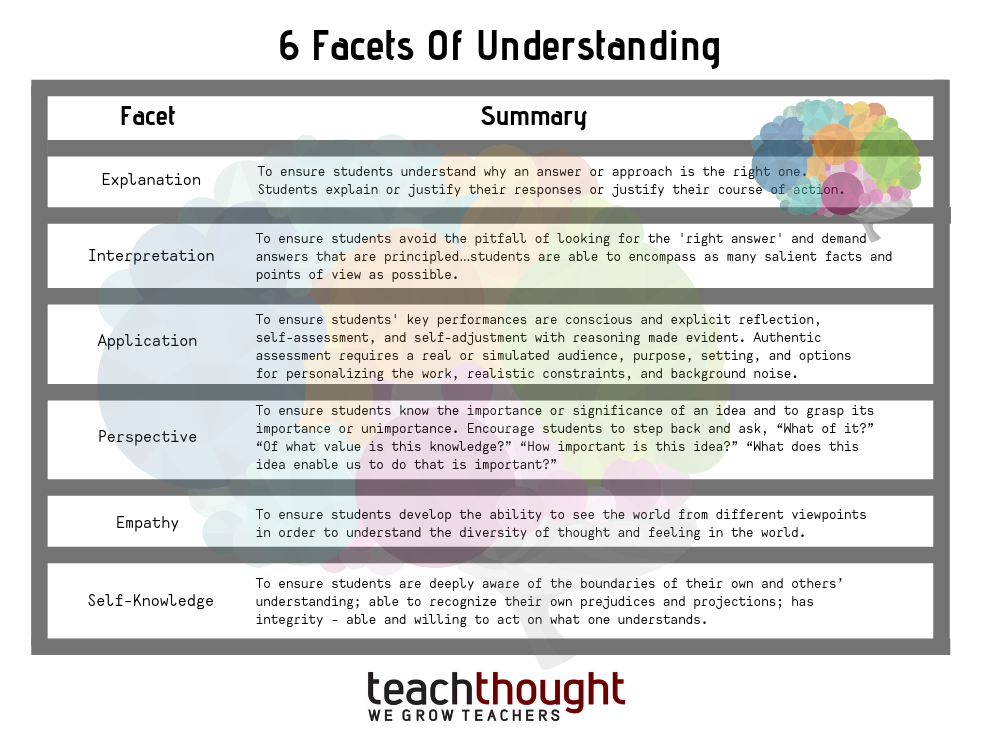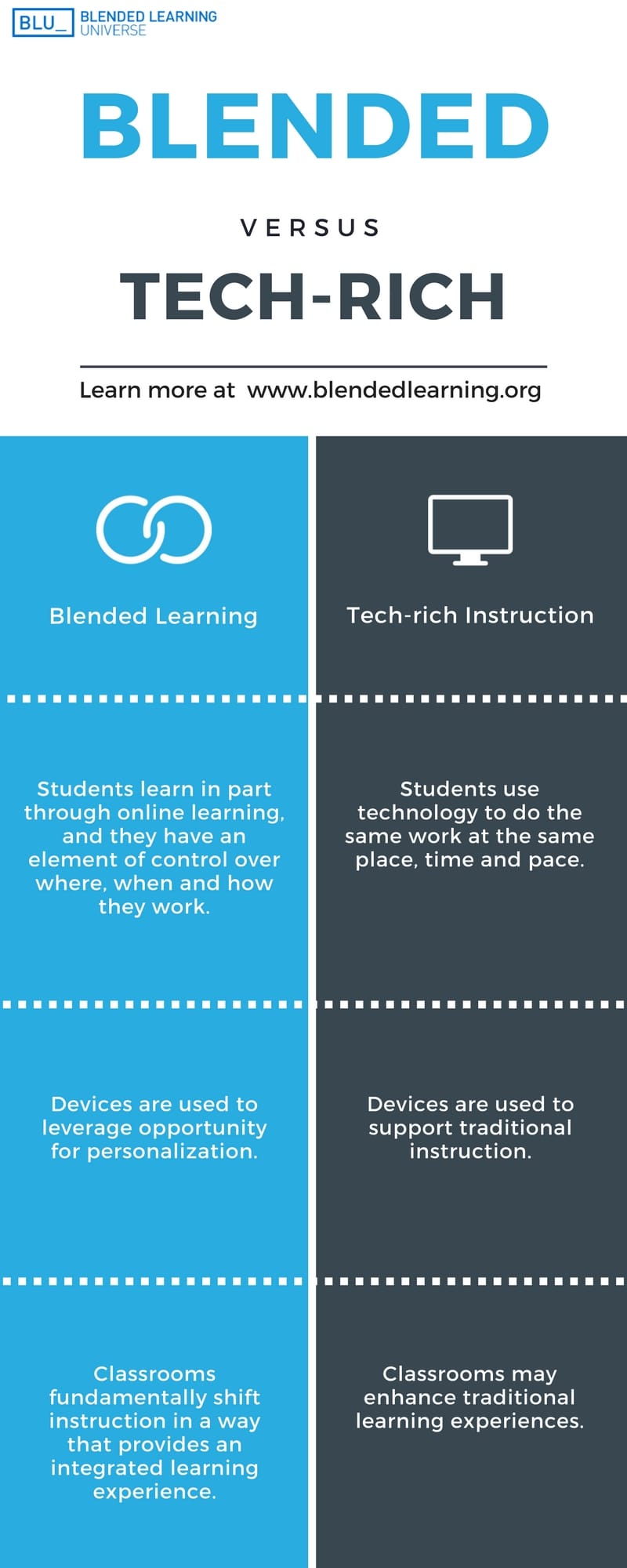Cite this guide: Bowen, Ryan S., (2017). Understanding by Design. Vanderbilt University Center for Teaching. Retrieved [todaysdate] from https://cft.vanderbilt.edu/understanding-by-design/. |
- Traditional Model Vs Teaching Games For Understanding Students
- Traditional Model Vs Teaching Games For Understanding People
- Traditional Model Vs Teaching Games For Understanding Money
Traditional Model vs. Teaching Games for Understanding (TGfU) Teaching Games for Understanding Model: Teaching Games for Understanding places an emphasis on the play, where tactical and strategic problems are posed in a modified game environment, ultimately drawing upon students to make decisions (Webb, Pearson, & Forrest, 2006). Education, as with other industries, has evolved in leaps and bounds in recent years. Traditional pedagogical techniques, based on a teacher explaining a topic and students taking notes, may still be useful on occasion, but education today revolves more around encouraging the student to awaken their curiosity and desire to learn.
Overview

Understanding by Design is a book written by Grant Wiggins and Jay McTighe that offers a framework for designing courses and content units called “Backward Design.” Instructors typically approach course design in a “forward design” manner, meaning they consider the learning activities (how to teach the content), develop assessments around their learning activities, then attempt to draw connections to the learning goals of the course. In contrast, the backward design approach has instructors consider the learning goals of the course first. These learning goals embody the knowledge and skills instructors want their students to have learned when they leave the course. Once the learning goals have been established, the second stage involves consideration of assessment. The backward design framework suggests that instructors should consider these overarching learning goals and how students will be assessed prior to consideration of how to teach the content. For this reason, backward design is considered a much more intentional approach to course design than traditional methods of design.
This teaching guide will explain the benefits of incorporating backward design. Then it will elaborate on the three stages that backward design encompasses. Finally, an overview of a backward design template is provided with links to blank template pages for convenience.
The Benefits of Using Backward Design
“Our lessons, units, and courses should be logically inferred from the results sought, not derived from the methods, books, and activities with which we are most comfortable. Curriculum should lay out the most effective ways of achieving specific results… in short, the best designs derive backward from the learnings sought.”
In Understanding by Design, Wiggins and McTighe argue that backward design is focused primarily on student learning and understanding. When teachers are designing lessons, units, or courses, they often focus on the activities and instruction rather than the outputs of the instruction. Therefore, it can be stated that teachers often focus more on teaching rather than learning. This perspective can lead to the misconception that learning is the activity when, in fact, learning is derived from a careful consideration of the meaning of the activity.
As previously stated, backward design is beneficial to instructors because it innately encourages intentionality during the design process. It continually encourages the instructor to establish the purpose of doing something before implementing it into the curriculum. Therefore, backward design is an effective way of providing guidance for instruction and designing lessons, units, and courses. Once the learning goals, or desired results, have been identified, instructors will have an easier time developing assessments and instruction around grounded learning outcomes.
Passive: Proponents of the traditional lecture approach believe that an overemphasis on group-oriented participatory teaching styles, like facilitator and delegator, favor gifted and competitive students over passive children with varied learning abilities, thereby exacerbating the challenges of meeting the needs of all learners. Formal games with rules serve the same functions, but additionally motivate us through our competitive nature. For all of these reasons, GBL works to engage students in ways that are more powerful for most students than traditional teaching methods, which, while effective, present obstacles to engaging deeply with each individual student.
The incorporation of backward design also lends itself to transparent and explicit instruction. If the teacher has explicitly defined the learning goals of the course, then they have a better idea of what they want the students to get out of learning activities. Furthermore, if done thoroughly, it eliminates the possibility of doing certain activities and tasks for the sake of doing them. Every task and piece of instruction has a purpose that fits in with the overarching goals and goals of the course.
As the quote below highlights, teaching is not just about engaging students in content. It is also about ensuring students have the resources necessary to understand. Student learning and understanding can be gauged more accurately through a backward design approach since it leverages what students will need to know and understand during the design process in order to progress.
“In teaching students for understanding, we must grasp the key idea that we are coaches of their ability to play the ‘game’ of performing with understanding, not tellers of our understanding to them on the sidelines.”
The Three Stages of Backward Design
“Deliberate and focused instructional design requires us as teachers and curriculum writers to make an important shift in our thinking about the nature of our job. The shift involves thinking a great deal, first, about the specific learnings sought, and the evidence of such learnings, before thinking about what we, as the teacher, will do or provide in teaching and learning activities.”
Stage One – Identify Desired Results:
In the first stage, the instructor must consider the learning goals of the lesson, unit, or course. Wiggins and McTighe provide a useful process for establishing curricular priorities. They suggest that the instructor ask themselves the following three questions as they progressively focus in on the most valuable content:
What should participants hear, read, view, explore or otherwise encounter?
This knowledge is considered knowledge worth being familiar with. Information that fits within this question is the lowest priority content information that will be mentioned in the lesson, unit, or course.
Traditional Model Vs Teaching Games For Understanding Students
What knowledge and skills should participants master?
The knowledge and skills at this substage are considered important to know and do. The information that fits within this question could be the facts, concepts, principles, processes, strategies, and methods students should know when they leave the course.
What are big ideas and important understandings participants should retain?
The big ideas and important understandings are referred to as enduring understandings because these are the ideas that instructors want students to remember sometime after they’ve completed the course.
The figure above illustrates the three ideas. The first question listed above has instructors consider the knowledge that is worth being familiar with which is the largest circle, meaning it entails the most information. The second question above allows the instructor to focus on more important knowledge, the knowledge and skills that are important to know and do. Finally, with the third question, instructors begin to detail the enduring understandings, overarching learning goals, and big ideas that students should retain. By answering the three questions presented at this stage, instructors will be able to determine the best content for the course. Furthermore, the answers to question #3 regarding enduring understandings can be adapted to form concrete, specific learning goals for the students; thus, identifying the desired results that instructors want their students to achieve.
Stage Two – Determine Acceptable Evidence:
The second stage of backward design has instructors consider the assessments and performance tasks students will complete in order to demonstrate evidence of understanding and learning. In the previous stage, the instructor pinpointed the learning goals of the course. Therefore, they will have a clearer vision of what evidence students can provide to show they have achieved or have started to attain the goals of the course. Consider the following two questions at this stage:

- How will I know if students have achieved the desired results?
- What will I accept as evidence of student understanding and proficiency?
At this stage it is important to consider a wide range of assessment methods in order to ensure that students are being assess over the goals the instructor wants students to attain. Sometimes, the assessments do not match the learning goals, and it becomes a frustrating experience for students and instructors. Use the list below to help brainstorm assessment methods for the learning goals of the course.
- Term papers.
- Short-answer quizzes.
- Free-response questions.
- Homework assignments.
- Lab projects.
- Practice problems.
- Group projects.
- Among many others…
Stage Three – Plan Learning Experiences and Instruction:

The final stage of backward design is when instructors begin to consider how they will teach. This is when instructional strategies and learning activities should be created. With the learning goals and assessment methods established, the instructor will have a clearer vision of which strategies would work best to provide students with the resources and information necessary to attain the goals of the course. Consider the questions below:
- What enabling knowledge (facts, concepts, principles) and skills (processes, procedures, strategies) will students need in order to perform effectively and achieve desired results?
- What activities will equip students with the needed knowledge and skills?
- What will need to be taught and coached, and how should it best be taught, in light of performance goals?
- What materials and resources are best suited to accomplish these goals?
Leverage the various instructional strategies listed below:
The Backward Design Template
A link to the blank backward design template is provided here (https://jaymctighe.com/resources/), and it is referred to as UbD Template 2.0. The older version (version 1.0) can also be downloaded at that site as well as other resources relevant to Understanding by Design. The template walks individuals through the stages of backward design. However, if you are need of the template with descriptions of each section, please see the table below. There is also a link to the document containing the template with descriptions provided below and can be downloaded for free.

Backward Design Template with Descriptions (click link for template with descriptions).
References
- Sample, Mark. (2011). Teaching for Enduring Understanding. Retrieved from http://www.chronicle.com/blogs/profhacker/teaching-for-enduring-understanding/35243.
- Wiggins, Grant, and McTighe, Jay. (1998). Backward Design. In Understanding by Design (pp. 13-34). ASCD.
This teaching guide is licensed under a Creative Commons Attribution-NonCommercial 4.0 International License.
Traditional teaching is concerned with the teacher being the controller of the learning environment. Power and responsibility are held by the teacher and they play the role of instructor (in the form of lectures) and decision maker (in regards to cirriculum content and specific outcomes). They regard students as having ‘knowledge holes’ that need to be filled with information. In short, the traditional teacher views that it is the teacher that causes learning to occur (Novak, 1998). Learning is cheifly associated within the classroom and is often competitive. The lesson’s content and delivery are considered to be most important and students master knowledge through drill and practice (such as rote learning). Content need not be learned in context.(Theroux 2002, Johnson &Johnson 1991).The most common seating arrangement used by the traditionalists is rows.
Traditional methods of teaching that are still being adhered to in the schools:
• Teacher-centric classrooms
• Teachers in the mode of knowledge dispensers rather than facilitators
• Chalk and talk methods

• Regimented classrooms
• Lack of collaboration and group learning
• More emphasis on examinations and results rather than understanding of concepts
• Improper alignment between objectives, activities and assessments
The changes in modern teaching methods made necessary by technological, economic, and cultural forces in the early 21st century have fundamentally altered the very foundation of traditional educational models, as educators try to figure out how to best meet the needs of students in a personalized, meaningful and timely way.
Certainly, students today are no longer the target audience that the traditional educational system was designed to teach. Fifty to 100 years ago everyone in a class would be working at about the same level. A teacher could move the top class along at a faster pace than the teachers who had the less able students. Class management was easier. All students focused on the same lesson, all making comparable progress.
Modern methods in use in education
• Technology-driven classrooms
• Continuous comprehensive evaluation
Traditional Model Vs Teaching Games For Understanding People
• Cross-curricular connections
• Inquiry-based learning
• Emphasis on understanding of concepts
• Linking curriculum with life
• Emphasis on skill building, life skills and values
• Smart interactive boards
• BYOD – Bring your own device
• Collaborative learning
• Differential learning
• Activity-based learning and learning labs
• Interdisciplinary learning
• Integrative and social responsibility and civic engagement
• Digitisation in teaching, learning assessment and feedback
• Collaborative learning
Traditional Model Vs Teaching Games For Understanding Money
• Differentiated instruction
• Flipped classroom
• Problem-based learning